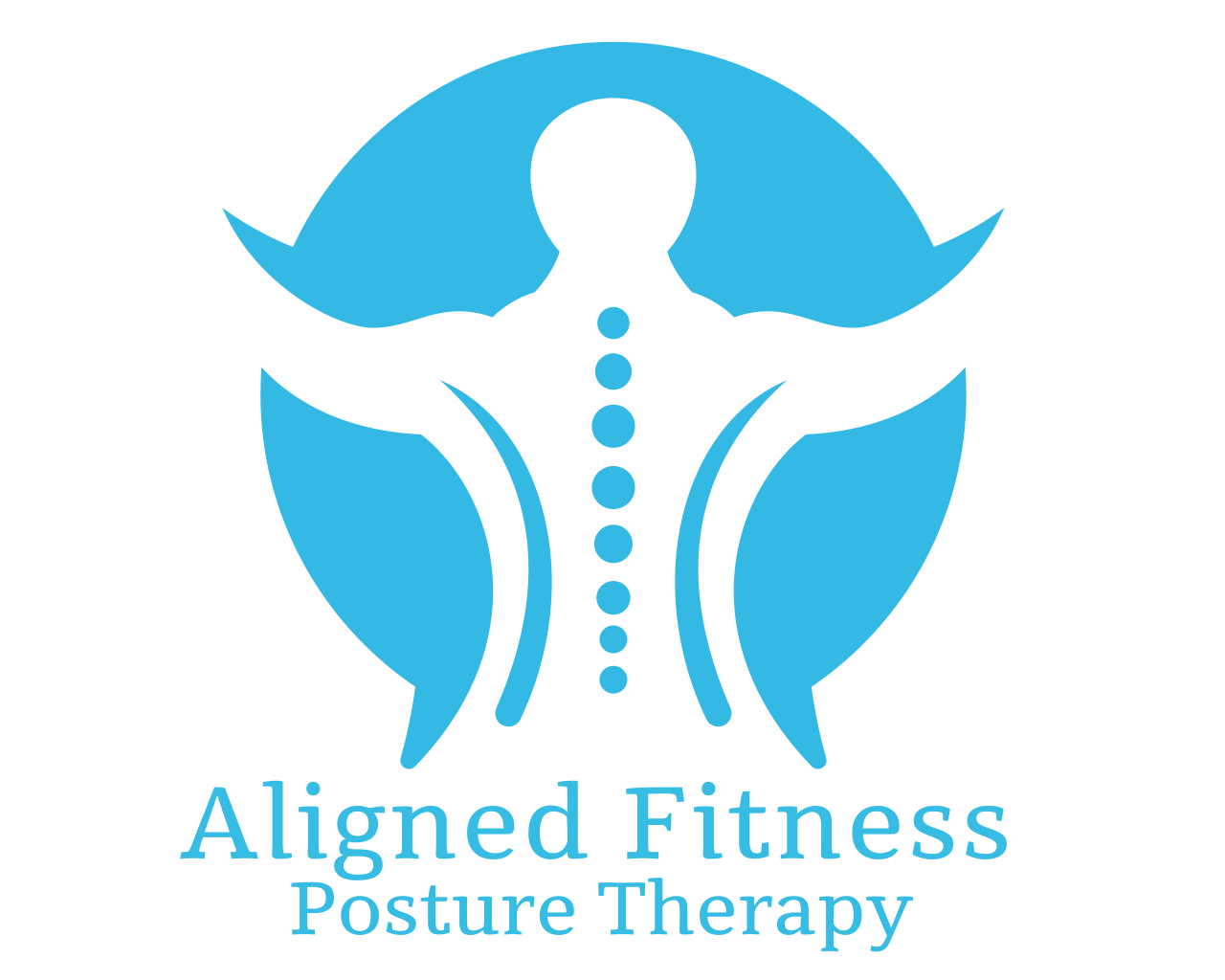Chronic pain in our country is not only common, but practically an epidemic. The immediate response for most of us experiencing pain is to find the nearest doctor to provide a diagnosis. We are then typically prescribed physical therapy, pain medications, injections or in severe cases surgery, but these prescriptions often do not address the underlying cause of the symptom. Until the root dysfunction is dealt with, pain symptoms are likely to reoccur.
I have many clients who opt to receive cortisone injections to decrease their pain. It’s understandable, as people will do almost anything to get rid of pain, but we must remember that pain is the body’s way of signaling something is wrong. When the body loses its natural alignment, dysfunction occurs at one or more joints and compensatory patterns occur. As a result, the muscles can no longer work as they are designed, causing wear and tear at the joints and ultimately pain and inflammation. We then may choose to inject the area to get rid of the pain, yet we are not resolving the underlying dysfunction.
For example, if the pelvis is tucked under, the lower back is consequently flexed. This can compress the discs and inhibit functional movement. Therefore, over time there is wear and tear until “pop†a disc bulges or herniates pressing against a nerve and causing shooting pain. A cortisone injection may take away the pain for a period of time, but it has done nothing to fix the pelvic position.
Many studies lean value to the hypothesis that although injections may reduce pain, they do not prevent the pain from returning in one form or another. In clinical trials, they found that over 50% of patients experiencing tennis elbow for example, had a relapse of the injury within six months of receiving an injection, whereas over 70% who waited out the injury healed within a year. It’s likely the subjects who received injections continued to wear away at the joint without experiencing pain and therefore had a lower rate of full recovery. The alarming result of these studies was that people who had cortisone injections had a 63% higher risk of relapse. These studies also found that an average of four injections resulted in a 57% worse outcome when compared to those who received only one injection.
These studies are important to consider, whether you are an athlete or relatively sedentary. If you are experiencing pain, incorporating a program to treat muscular imbalances and realign the load bearing joints can help to reduce wear and tear. Postural issues such as hinged shoulders, a forward head, internally or externally rotated knees and feet, or an anterior or posterior pelvic tilt, should all be addressed so as not to cause friction or shear at the joints. The position of one joint can drastically affect the others and the muscles surrounding them. If there is improper muscle length and tension due to poor posture, functional force cannot be produced and efficient biomechanics will be altered.
Pete Egoscue gives a brilliant example in his book “Pain Free” of a handball player who had been receiving regular cortisone injections so he could keep playing. When finally unable to find a doctor who would give him another injection he resorted to corrective exercise; however, at this point his joint was completely degenerated. The pain killer had allowed him to play while the bone and tissue were reduced to practically nothing. Sadly, by the time he decided to treat the underlying cause of his pain, there was basically not much that could be done.
It’s imperative we begin to address the underlying dysfunction causing pain. There are definitely times when surgery or injections are warranted, but corrective exercise prescription before and after is still critical and effective for long term health and healing.
Register for a FREE 1/2 hour postural consultation!
Educate & empower yourself now to regain control of your
health and wellness!
Contact Lisa Decker at
408-691-2829
[email protected]
www.alignedfit.com
References:
Coombes, Bisset, & Vicenzino (2010). Efficacy and safety of corticosteroid injections and other injections for management of tendinopathy: A systematic review of randomized controlled trials. The Lancet, Vol 376. Issue 1954.
Gretchen Reynolds (2010). New York Times. Phys Ed: Do cortisone shots actually make things worse?
Kraushaar & Nirschl (1999). Tendinosis of the elbow. Clinical features and findings. Journal of bone and joint surgery, 81-259-78.
Pete Egoscue (1998). Pain Free: A revolutionary method for stopping chronic pain. 169-170. Clark et al (2004).
NASM Optimum Performance Training. 2nd Edition.
Norkin, C.C., & Levangie, P.K. (1992) Joint structure and function: a comprehensive analysis. 2nd edition.
Clark MA. Integrated flexiblity training. NASM. 2001
Clark MA Integrated training for the new milleneum. NASM 2000
